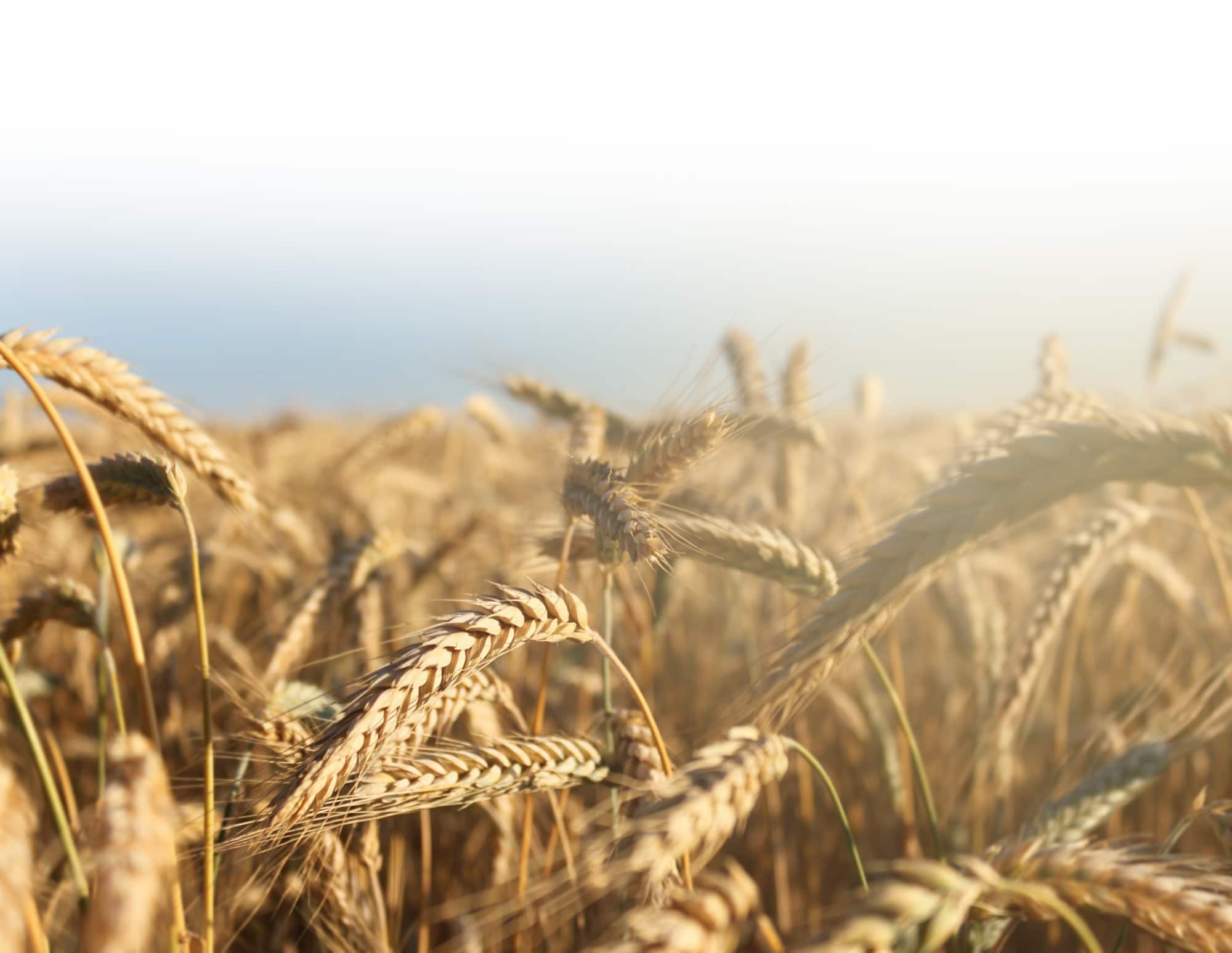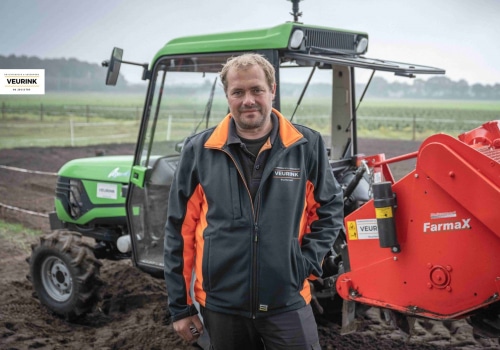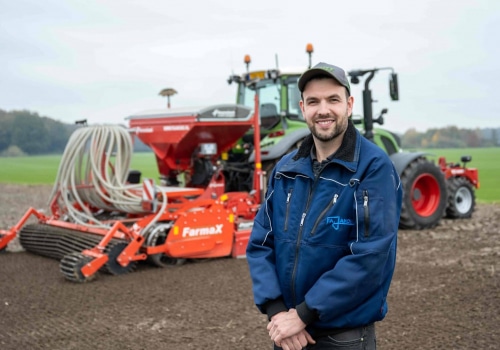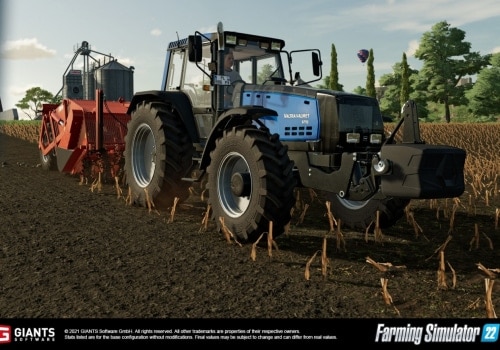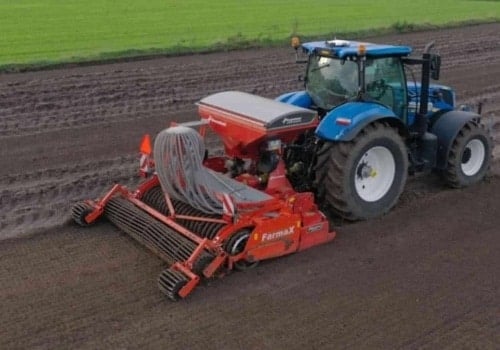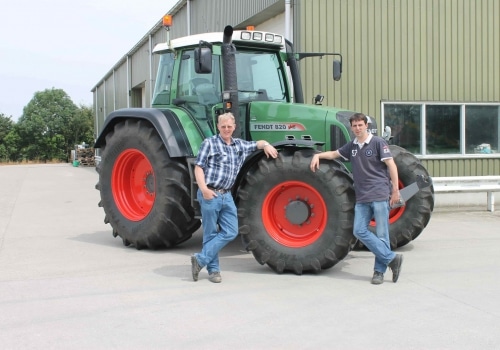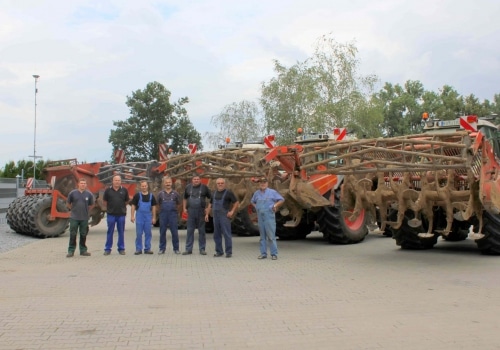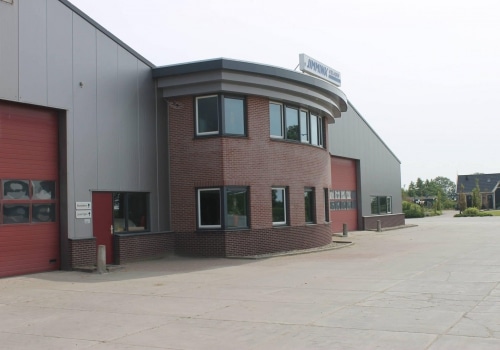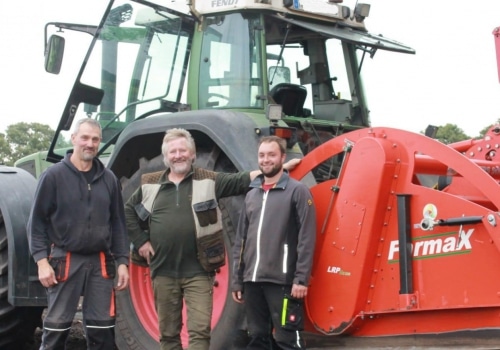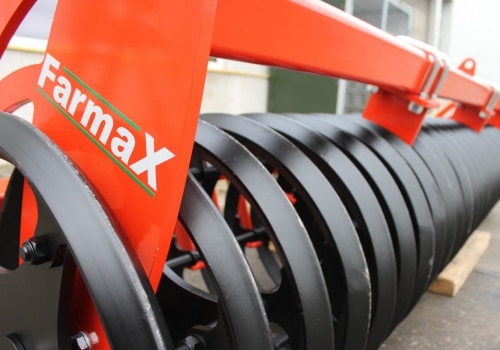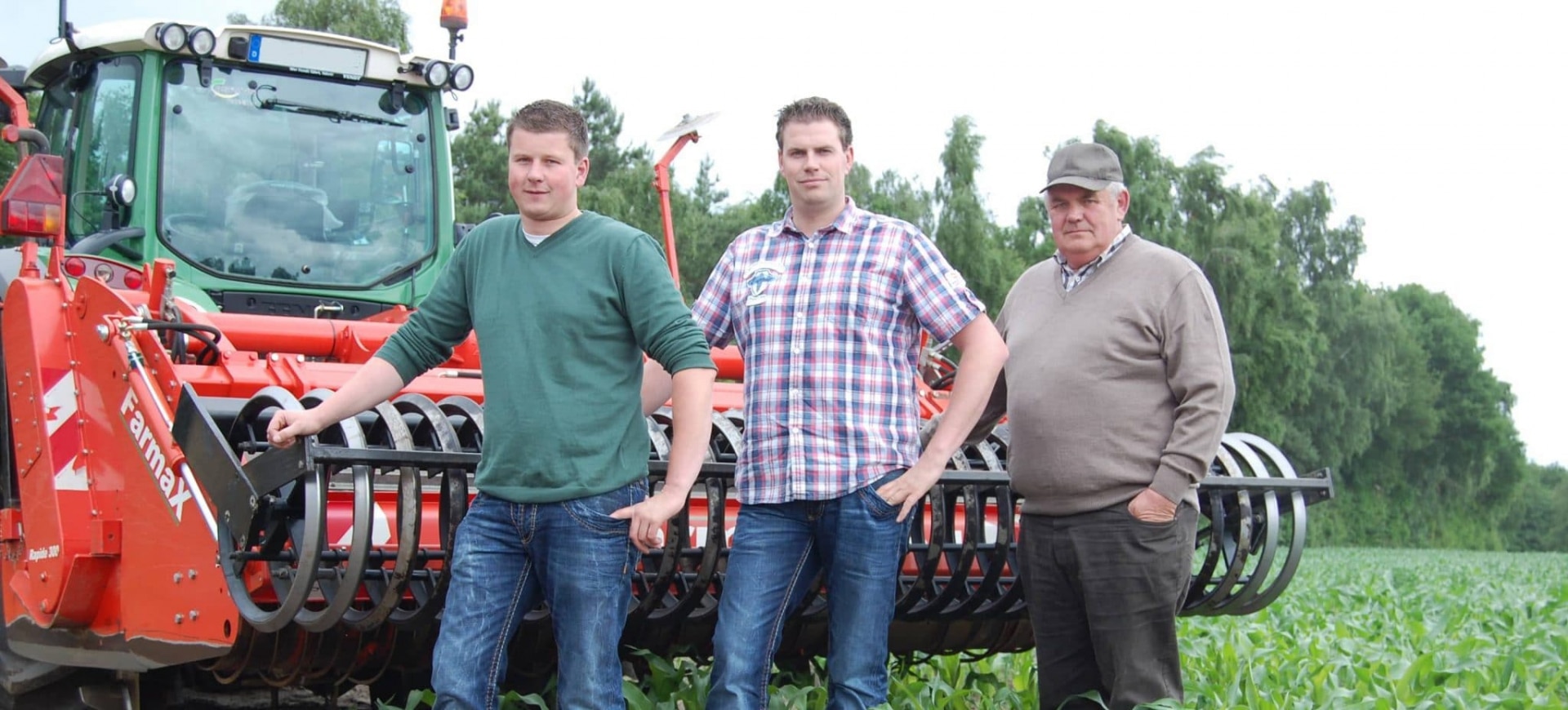
Customer portrait Schepergerdes, Meppen (Lower Saxony)
In the German town of Meppen (Niedersachsen) – close to the Dutch border – Laurenz Schepergerdes and his two sons run a large-scale arable farm. They are enthusiastic about spading as a method of soil cultivation and are happy to talk about their practical experiences with the Farmax spader.
Three business activities
With about 1235.5 acres (500 hectares), arable farming is the most important business activity. The loamy, sandy soil is used to grow maize, grain crops, and potatoes for starch. Schepergerdes also shares a bio-gas installation with his neighbour. In addition to arable farming, they also keep livestock, rearing chickens for meat. There is a clear, complementary connection: the broiler manure and the maize are used to produce bio-gas. With two sons to carry on after him, business continuity is assured.
A perfect sowing bed in a single operation
A perfect sowing bed in a single operation. This is the most characteristic response when we ask Laurenz Schepergerdes about the biggest advantage of the Farmax spader. About half of his acreage is spaded each year and the other half is ploughed, so each plot is spaded once every two years. This method of spading was a well-considered choice. Ploughing – to a depth of about 11.81 inches (30 cm) – causes soil compaction from the plough pan (a compacted layer just below the ploughed soil). Spading – to a depth of about 15.75 inches (40 cm) – is just the right treatment to resolve this soil compaction. In fact, spading works as a single operation for cultivation and sowing bed preparation. According to Schepergerdes, spading results in better rooting by his crops. He finds it difficult to estimate how much this benefits crop yields, because there are other factors that play a role.
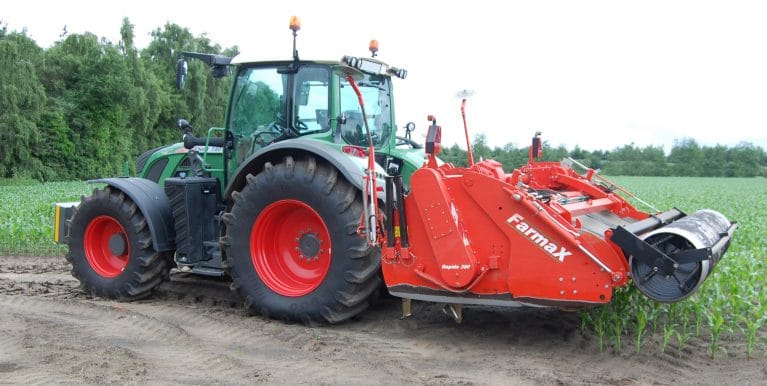
Purchase of Farmax Rapide 300
In 2009, Schepergerdes bought the Farmax Rapide 300. He is satisfied with its three metre working width. He opted for Farmax for two reasons. Schepergerdes tells us about these: “I was looking for a spader that made it easy to break up the plough pan. This mainly involves the depth setting. Also, I didn’t want any milling effect with spading. That is bad for the soil structure, especially on loamy, sandy soil. With the Farmax spader, I can work at lower revs to avoid this milling effect.
Practical Experiences
According to Schepergerdes, spading is a good method of spading in and mixing fertilisers. With ploughing, the degree of mixing into the soil is noticeably less. Schepergerdes also notices there is less fine soil on the plots that have been spaded. A major advantage of spading is the aforementioned sowing bed preparation. Planting or sowing can take place immediately after spading. This represents a considerable saving in labour and fuel costs.
The Farmax spader requires little maintenance, and Schepergerdes does this himself. However, there is a qualified dealer – Agravis – in the area if any servicing or parts are needed.
Schepergerdes can recommend the Farmax spader without reservation to his colleagues. He states the arguments for getting one: “With this spader, you can do good spading on any type of soil. And as I said, you can produce a good sowing bed in one operation. Furthermore, spading limits soil erosion. The surface layer is much less vulnerable to dust blow-off after spading.” The farmer has a good relationship with Alfons Sleiderink, the director of Farmax.
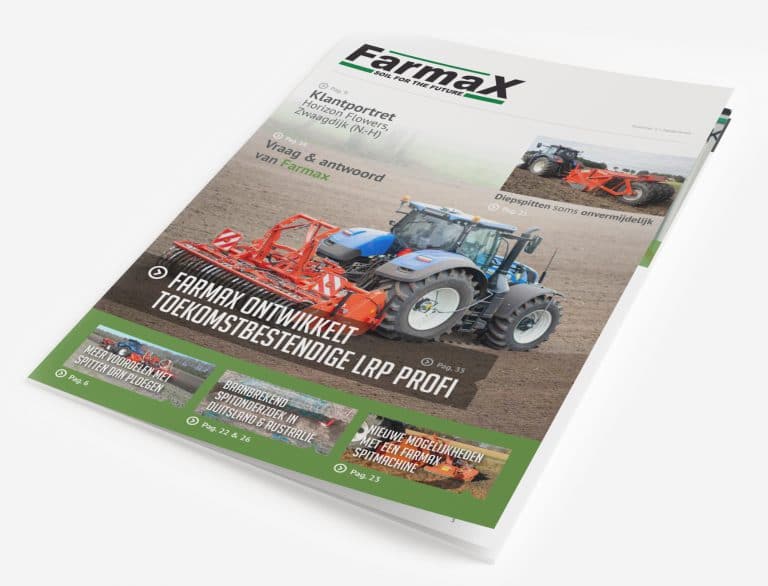
Download the free magazine of Farmax spaders and seeders
In this magazine, we will explain the spading method of soil preparation and state its advantages in comparison with ploughing. There will also be a brief explanation of all types of spaders and several customers share their experience with our spaders.
